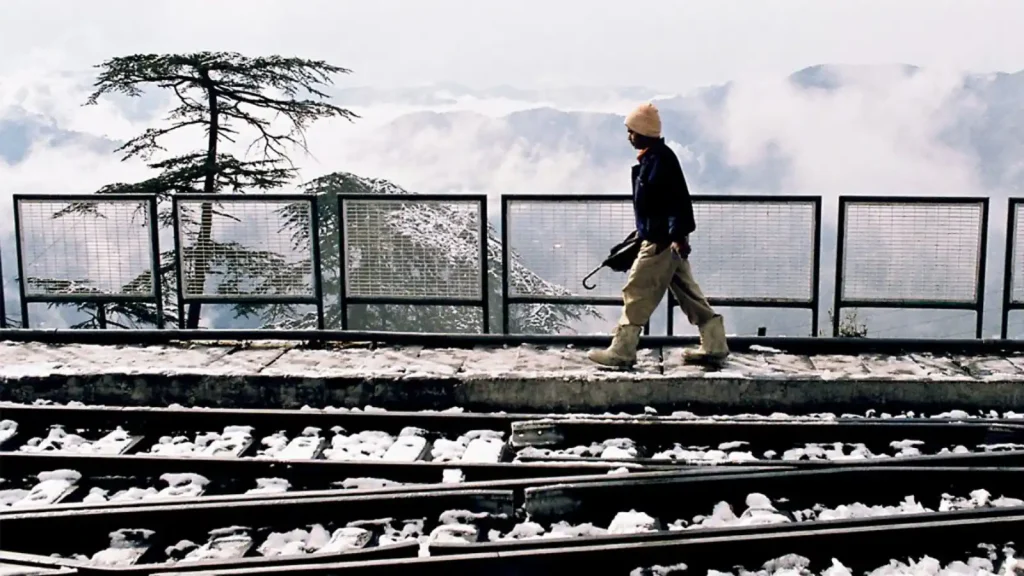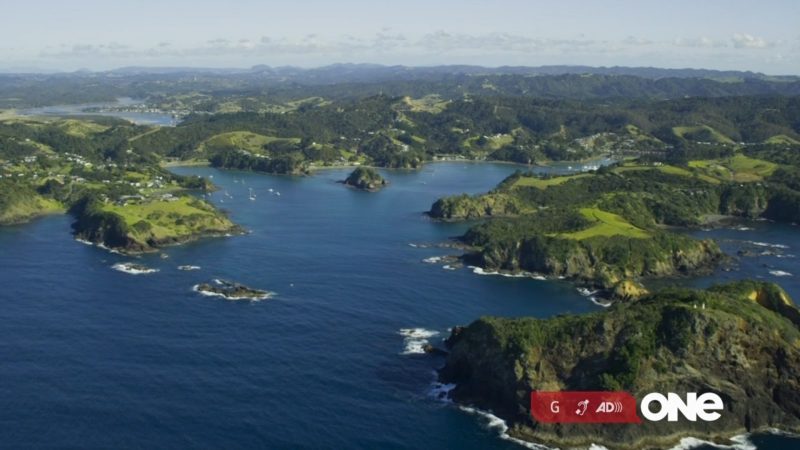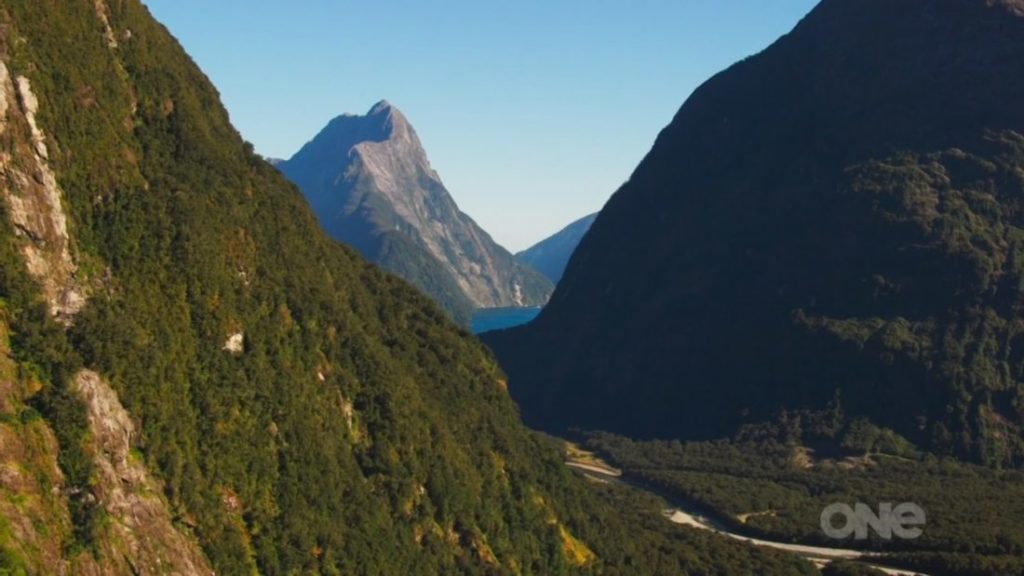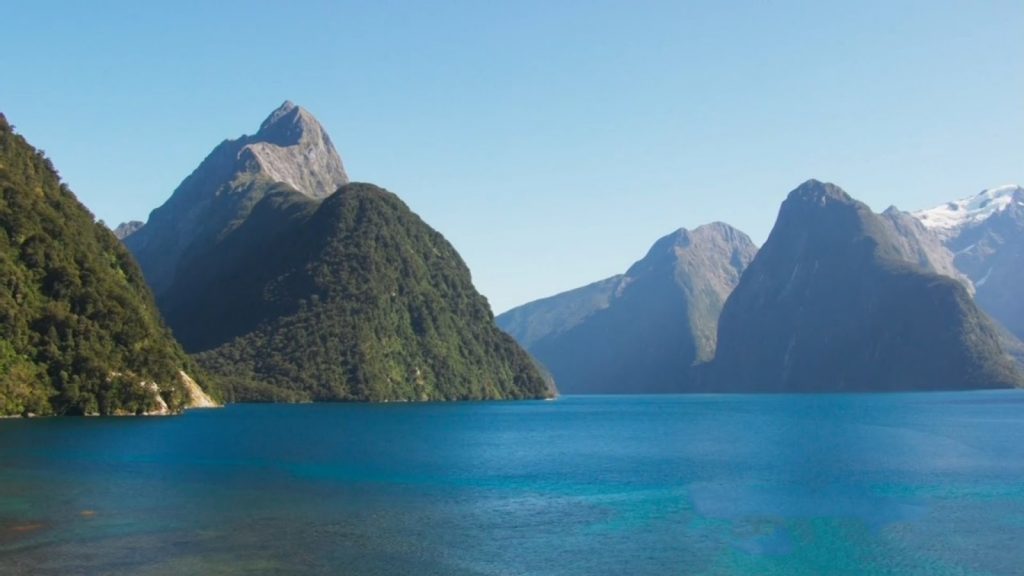Indian Hill Railways episode 3 – The Kalka-Shimla Railway – In the enchanting realm of Indian railways lies a gem known as the Kalka-Shimla Railway, a testament to engineering and perseverance, nestled within the majestic Himalayas in the north, stretching its tracks towards the ethereal Nilgiris in the south. For over a century, these diminutive trains have embarked on a journey through the mists, ascending into the clouds, to unveil the spectacular world of Indian hill railways. This narrative is not merely about the journey of trains but a voyage through time, culture, and the breathtaking landscapes of India.
Shimla, the erstwhile summer capital of the British Raj, stands as a city steeped in history, encapsulated within the serene beauty of its surroundings. The British, in their quest for respite from the subcontinental heat, erected an architectural marvel in the form of the Kalka-Shimla Railway. This railway was more than just a mode of transport; it was a symbol of the imperial ambition to tame the wild landscapes of India. Alongside, they constructed churches, schools, and a town hall, embedding their symbols of empire within the very fabric of Shimla. These edifices were not merely buildings but represented an ethos of duty, loyalty, and ambition. However, the legacy of the British Raj is a tapestry woven with threads of both admiration and division, leaving behind a subcontinent grappling with its newfound identity amidst the remnants of colonial rule.
The narrative of the Kalka-Shimla Railway is enriched by the lives that intersect along its tracks. Characters like Maqsood, a resilient refugee and porter from the turmoil-stricken valleys of Kashmir, embody the spirit of perseverance. His journey is one of survival and hope, as he navigates through the challenges of displacement to find solace in the bustling railway stations. Then there is John Whitmarsh-Knight, an educator in search of belonging, who finds comfort and purpose in the hills of Shimla. His story is a testament to the idea that home is not just a place but a sense of belonging fostered by community and connection.
Sanjay, the stationmaster, represents the aspirations and dreams of the common man. His anticipation for a promotion is not just for personal advancement but a desire to better serve the community that relies on the railway for its livelihood and connectivity. His superior, Bataljit, awaits a transfer, reflecting the transient nature of life and work in the railway service, where change is the only constant. Amidst these personal stories of ambition and anticipation, the entire community shares a collective wait for the snow – a natural event that transforms the landscape into a winter wonderland, bringing both challenges and opportunities for the people of Shimla.
Indian Hill Railways episode 3 – The Kalka-Shimla Railway
The Kalka-Shimla Railway is more than just a route connecting two points; it is a journey through the heart of India, offering glimpses into the diverse tapestry of its culture, history, and natural beauty. This railway serves as a lifeline for many, connecting remote villages to the broader world, facilitating not just the movement of people but also the exchange of ideas, goods, and traditions. It stands as a symbol of human ingenuity, harnessing the power of engineering to conquer the rugged terrains of the Himalayas, and in doing so, knitting together a nation of vast distances and diverse identities.
As we traverse the tracks of the Kalka-Shimla Railway, we are invited to reflect on the intricate mosaic of India’s heritage, the enduring spirit of its people, and the timeless beauty of its landscapes. This railway is not merely a means of transportation but a vehicle for stories, dreams, and memories that continue to shape the identity of India. Through the windows of these little trains that climb through the clouds, we catch a glimpse of the wonderful world of Indian hill railways, a world where every journey is an exploration of the soul of a nation.
In the end, the Kalka-Shimla Railway is more than just an episode in the chronicles of Indian railways; it is a saga of human endeavor, natural splendor, and the unbreakable bonds that tie us to the places we call home. It is a reminder that even in the face of division and hardship, the tracks laid down by history lead us towards unity and understanding. This railway, with its timeless journey through the clouds, invites us to embark on a voyage of discovery, to explore the depths of our shared heritage and to celebrate the indomitable spirit of India and its people.
Unveiling the Jewel of the Himalayas: A Journey on the Kalka-Shimla Railway
Episode 3 of “Indian Hill Railways” takes us on a captivating exploration of the iconic Kalka-Shimla Railway, a narrow-gauge marvel nestled amidst the breathtaking Himalayas. For over a century, these “little trains,” as they’re affectionately called, have served as more than just transportation; they’ve woven a tapestry of history, culture, and human connection that winds its way through the clouds.
Shimla, once the jewel of British India, served as the summer capital during the Raj. The colonial legacy is evident in the architecture – churches, schools, and even the railway itself stand as testaments to their rule. These structures represent not just a bygone era but also the lingering echoes of an “ethos of duty, loyalty and ambition” – qualities that undeniably shaped the subcontinent’s colonial past. However, they also serve as a reminder of the “divided subcontinent” left behind in the wake of empire.
Our journey unfolds through the lives of a captivating cast of characters. Maqsood, a refugee from Kashmir, finds solace in the rhythm of the rails as he works as a porter, carrying the burdens of others while seeking a new sense of belonging. John Whitmarsh-Knight, a teacher with a yearning for a permanent home, embarks on the train in search of a place to plant his roots. Sanjay, the stationmaster, has his sights set on a promotion, a testament to his dedication and ambition within the railway system. His boss, Bataljit, dreams of a transfer, perhaps seeking a change of scenery or a new challenge. Yet, one common thread binds them all – the anticipation of snowfall. The arrival of winter transforms the landscape and rekindles the tourist season, bringing with it a much-needed economic boost for the region.
As the train chugs along, the narrative delves into the engineering marvel that is the Kalka-Shimla Railway. Built between 1898 and 1903, the line snakes its way through a seemingly impossible terrain. We learn about the 103 tunnels (including the infamous Barog Tunnel, shrouded in local legend), the 912 curves that test the limits of both man and machine, and the 969 bridges that defy gravity, offering breathtaking vistas of valleys and cascading waterfalls. The ingenuity behind this single-track railway, a marvel of Victorian engineering, becomes a character in itself.
The documentary doesn’t shy away from showcasing the intricate dance between tradition and modernity. We witness the meticulous safety procedures, some dating back over a century, like the exchanging of tokens between stations to ensure a clear track. At the same time, the introduction of diesel and diesel-hydraulic locomotives in the mid-20th century highlights the railway’s ability to adapt to changing times.
The journey on the Kalka-Shimla Railway is more than just a scenic ride. It’s a window into the soul of the Himalayas, a microcosm of India’s rich tapestry. We encounter local vendors hawking their wares at stations, families embarking on a pilgrimage, and backpackers seeking adventure. The train becomes a melting pot, a temporary community brought together by the shared experience of this extraordinary journey.
Episode 3 concludes with the train reaching Shimla, a hill station transformed from a colonial retreat to a bustling tourist destination. Yet, amidst the change, the enduring spirit of the Kalka-Shimla Railway remains – a testament to human ingenuity, a symbol of resilience, and a reminder of the enduring power of connection forged amidst the majestic beauty of the Himalayas.
F.A.Q. Indian Hill Railways episode 3 – The Kalka-Shimla Railway
Q.: What is the historical significance of the Kalka-Shimla Railway?
A.: The Kalka-Shimla Railway, inaugurated in the early 20th century, is a significant marvel of engineering, showcasing the ambitions of the British Raj to connect and control the vast landscapes of India. Beyond its function as a transport route, it represents a complex legacy of colonial ambition, featuring architectural marvels and a testament to the engineering prowess of that era. The railway not only facilitated the movement of British officials to the cooler climes of Shimla but also played a pivotal role in shaping the socio-economic landscape of the region.
Q.: How does the Kalka-Shimla Railway impact the local communities along its route?
A.: The Kalka-Shimla Railway serves as a lifeline for the local communities along its route, providing essential connectivity and supporting the local economy. It enables the movement of goods and people, thereby facilitating commerce and tourism. Moreover, the railway has become a part of the cultural fabric of the region, with stations and trains being integral to the daily lives and traditions of the people.
Q.: What are some engineering highlights of the Kalka-Shimla Railway?
A.: The Kalka-Shimla Railway is an engineering masterpiece, characterized by its challenging route through the rugged Himalayan terrain. Notable features include the 103 tunnels, 912 curves, and 969 bridges that it encompasses. The most famous among these is the Barog Tunnel, which is surrounded by local legends and is a testament to the engineering challenges overcome during its construction.
Q.: Can you describe the experience of traveling on the Kalka-Shimla Railway?
A.: Traveling on the Kalka-Shimla Railway offers an unparalleled experience, inviting passengers to journey through the heart of the Himalayas. The journey provides breathtaking views of the mountains, valleys, and forests, encapsulating the serene beauty of the region. The trains, often referred to as “little trains,” offer a nostalgic ride, echoing the rich heritage and the timeless charm of this historic railway line.
Q.: How has the Kalka-Shimla Railway adapted to modern times while preserving its heritage?
A.: The Kalka-Shimla Railway has strikingly balanced modernization with the preservation of its historical essence. While it has introduced advancements such as diesel locomotives to improve efficiency and service, the railway has meticulously maintained its vintage charm. Efforts have been made to preserve the original architecture of the stations and the classic design of the trains, ensuring that the journey remains a living museum of the railway’s storied past.
Q.: What role does the Kalka-Shimla Railway play in the tourism industry of the region?
A.: The Kalka-Shimla Railway is a cornerstone of the region’s tourism industry, attracting visitors from around the globe with its unique historical and cultural significance, and the stunning natural beauty it traverses. The journey itself is a major tourist attraction, offering an authentic glimpse into the majestic Himalayas and the rich tapestry of India’s heritage. Its operation boosts local economies by bringing tourists to Shimla and nearby areas, thereby supporting a wide array of hospitality and retail sectors.
In summary, the Kalka-Shimla Railway is more than just a transportation system; it’s a bridge connecting the past with the present, a vital artery pulsing through the heart of the Himalayas, and a testament to the indomitable human spirit to overcome natural barriers. Its story is one of engineering ingenuity, cultural integration, and the enduring legacy of human endeavor.




